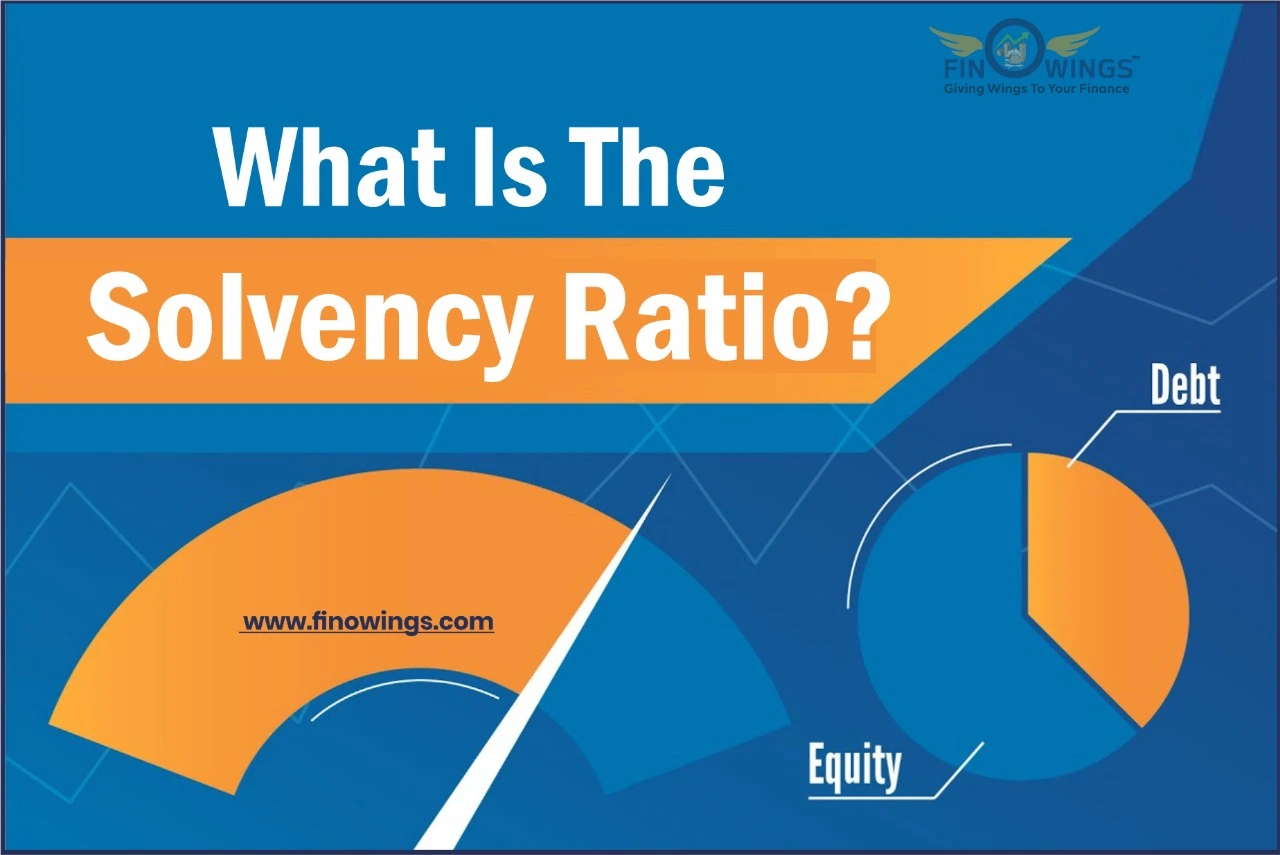Home >> Blog >> An Overview of Valuation
An Overview of Valuation

Table of Contents
A company might be displaying a more accurate valuation. Even so, the debt level or profit margins could be higher or lower than in a similar company. The most well-known proponents of valuation make the most of these figures by using forensic accounting and valuation. By comparing valuation ratios to comparable stocks, we can determine the appropriate price to pay for a company's income stream or revenues. Throughout this blog, we will explore the meaning, types, methods, and many more aspects of valuation, so let's get started now.
What is Valuation?
A valuation is a view of the market value of a company, home, antique, or other assets. If you own a business and looking for funds, investors will want to know how much your company is worth. This is accomplished through a valuation, which is an assessment of the overall value of your business.
The value of something can be determined in a variety of ways. When valuing a company, a professional will consider its management, capital structure, market value of its assets, and outlook.
Financial assets, such as stocks, options, businesses, patents, and trademarks, are frequently valued items in the business and finance world. Liabilities, such as bonds issued by an organization, may also be valued.
Types of Valuation
There are two types of valuation.
-
Absolute Valuation Model
-
Relative Valuation Model
Absolute Valuation Model
An investment's intrinsic value, or "true value," is determined using only its fundamentals in an absolute valuation. Looking at fundamentals simply entails putting all other companies to the side and concentrating solely on factors like dividends, cash flow, and growth rate for a single company. The dividend discount model, discounted cash flow model, residual income model, and asset-based model are examples of valuation models that fit into this category.
The models DDM, DCF, and CAPM all aim to determine absolute value.
Relative Valuation Model
The relative valuation model, on the other hand, evaluates a company against others that are similar to it. Multiples and ratios, such as price-to-earnings multiples, are calculated and compared using relative valuation.
Types of Valuation Procedures
A valuation can be done in several ways.
Discounted Cash Flows Analysis
A discounted cash flow (DCF) analysis is a method used by analysts to determine the value of an asset or investment using the cash inflows and outflows produced by the asset. A discount rate, which is an investor's assumption about interest rates or a required minimum rate of return, is used to convert these cash flows into a current value.
Comparables Analysis
A comparable company is an analysis for figuring out the fair value of a business or asset by comparing it to other businesses of a similar size and industry and how they trade. To determine an appropriate value, the past transaction method examines previous transactions of businesses that are similar. There is also the asset-based valuation method, which calculates the intrinsic value of a company by adding up all of its asset values and assuming that they are sold at fair market value.
Precedent Transactions Analysis
The precedent transaction study compares the company under consideration to other recently sold businesses of a similar nature in order to evaluate its value. If the businesses are in the same industry, the comparison will work best. In acquisitions and mergers, the precedent transaction method is frequently used.
What is the function of valuation?
Comparing the calculated value of the business or asset to those of others in the same industry and the current market price is the goal of valuation. Because of the complexity and difficulty of such calculations, valuations are only used in a few limited circumstances, such as when raising equity capital or selling a business.
Other typical justifications for choosing to have a company valued are as follows:
-
Calculating partner ownership ratios.
-
Establishing an internal stock market.
-
Merge with or buy another business.
-
Boost the company's value (real or perceived).
-
Membership of shareholders on the board.
-
Organize the expansion and development of your business.
The Principle of Valuation
It is associated with fundamental analysis, which seeks to understand the "fundamental drivers" of a business outside of the valuation's core meaning.
Fundamental analysis considers a wide range of influencing factors to arrive at a valuation, including internal financial metrics like earnings and future obligations, as well as the external environment, such as the federal interest rate.
Contrastingly, the technical analysis examines statistical patterns of trading activity that are shown on charts, such as variations in price and volume.
How Is Valuation Calculated?
There are numerous methods for valuing things, and they vary depending on what and when they are being valued. The fair value of a company's assets & liabilities is a common calculation used to determine the company's value. This calculation is based on assets.
Earnings and Valuation: A Relationship
The greater the value of a company's shares to investors, the higher its earnings are based on the number of outstanding shares. As a result, analysts determine the earnings-per-share, or EPS, when assessing a company. The earnings available to common shareholders are divided by the number of outstanding shares in a company to calculate earnings per share (EPS).
In addition, experts determine the price-to-earnings (P/E) ratio, which is the market price per share divided by EPS, to value stocks. A stock's price is compared to its per-share earnings to determine how expensive it is using the P/E ratio.
For instance, if a stock's P/E ratio is 20 times earnings, an analyst will compare it to other businesses in the same sector and the ratio for the entire market. A multiples-based, or multiples approach, valuation is used in equity analysis when a company is valued using ratios like the P/E ratio. To determine intrinsic value, other multiples—such as EV/EBITDA—are compared with those of similar businesses in the past.
Constraints on Valuation
The variety of stock valuation methods that are available to investors can easily overwhelm someone who is choosing one to value a stock for the first time. While some valuation techniques are fairly simple, others are more intricate and difficult.
Unfortunately, there isn't a single approach that works best in every circumstance. Each stock is unique, and each industry or sector has distinctive qualities that may call for a variety of valuation techniques. Simultaneously, various valuation methods will produce different values for the same underlying asset or company, leading analysts to use the technique that produces the most favorable results.
Have you ever wondered what the difference between price and value is? It's time to clear up that confusion.
Difference Between Value and Price
Value
Price
It is impossible to measure precisely.
Precisely measurable.
Not an outcome of a transaction; not a static figure.
The static figure is determined by the transaction.
It considers non-economic factors as well.
Conclusion
Calculating the value of a firm or asset is the process of valuation. To give potential buyers and sellers of an asset or business an idea of what they should expect to pay for it, valuation is crucial.
In the M&A (merger and acquisitions) sector, as well as in a company's expansion, valuation is crucial. There are many different valuation techniques, and each has advantages and disadvantages.
Frequently Asked Questions
Analysts use valuation to evaluate the present or expected value of a stock, company, or asset.
The goal of valuation is to assess security and contrast the determined value with the current market price to identify appealing investment candidates.
While valuation models only take into account a small number of variables, the current market price is said to reflect all variables (including irrational behavior), which is why there are so many different valuation techniques.
Absolute valuation and relative valuation are the two types of valuation.
The Dividend Discount Model (DDM), the Discounted Cash Flow Model (DCF), and the Capital Asset Pricing Model (CAPM) are three of the most popular models for calculating a company's value.




















Dalip | Posted on 05/06/2023
Good